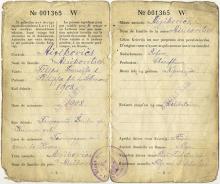Read More...
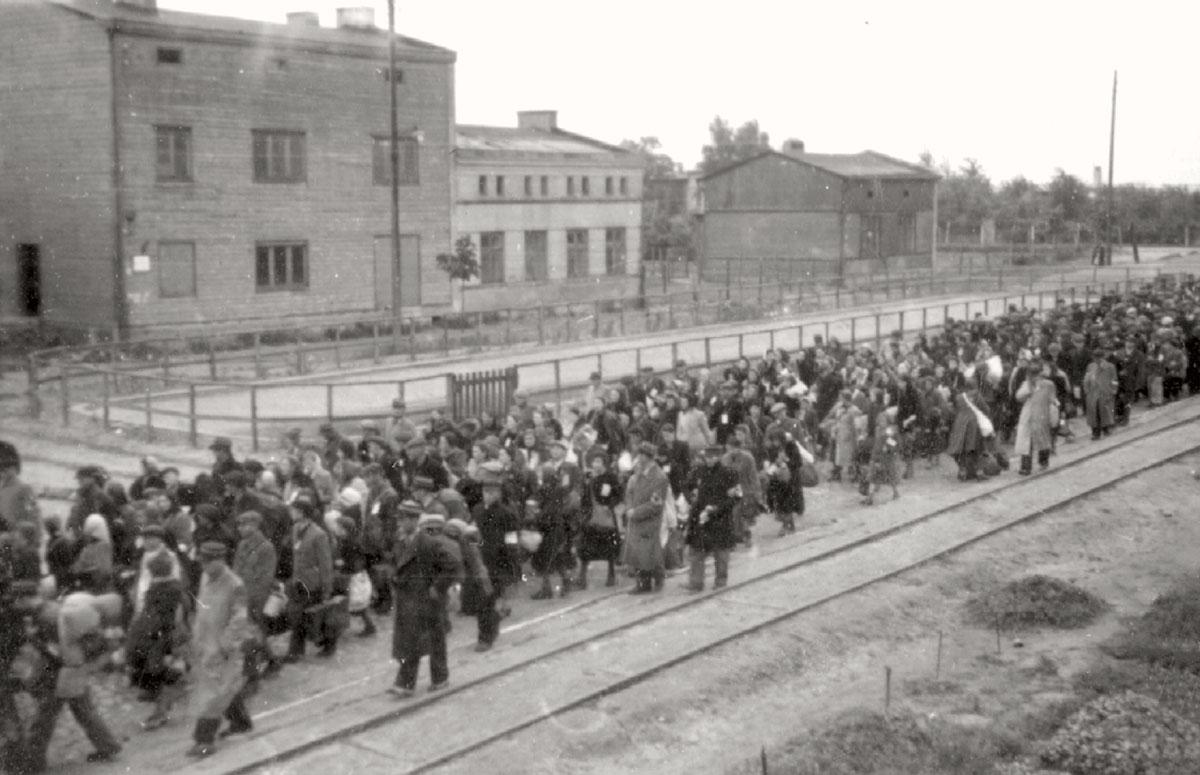
Yad Vashem Photo Archives, 7317/7362

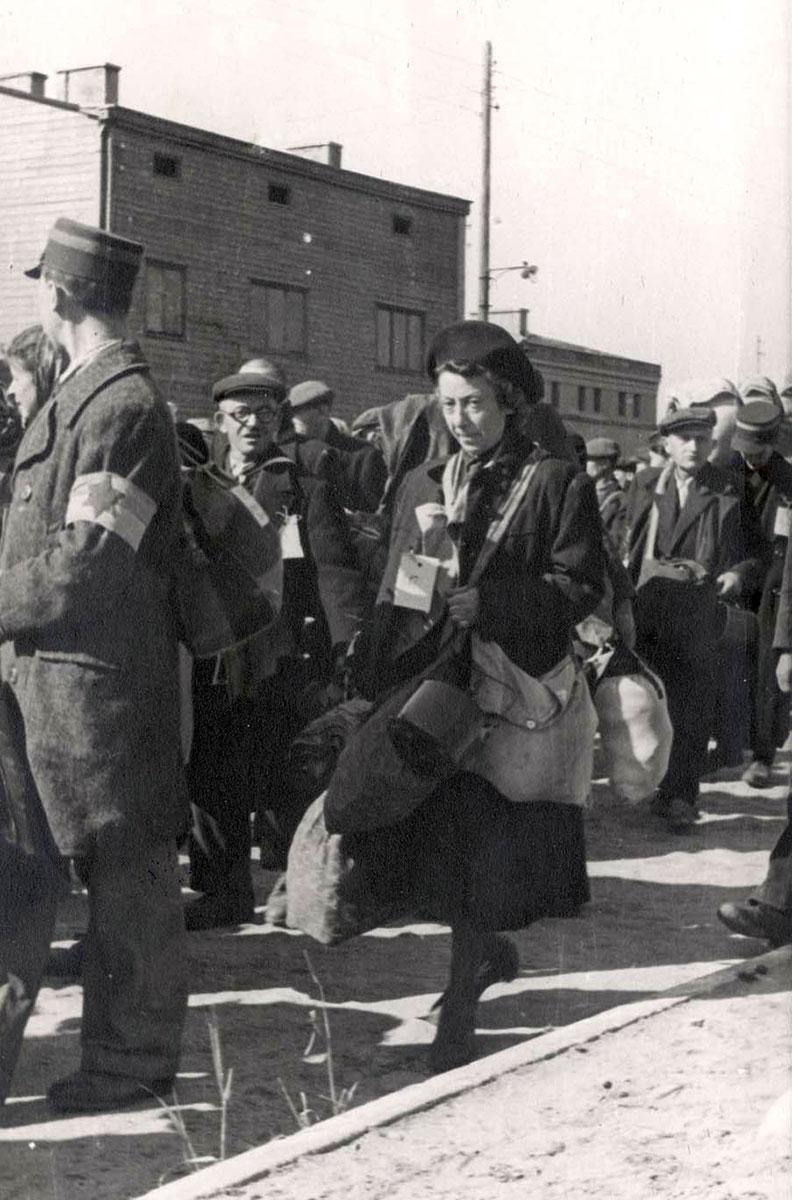
Yad Vashem Photo Archives, 35B01

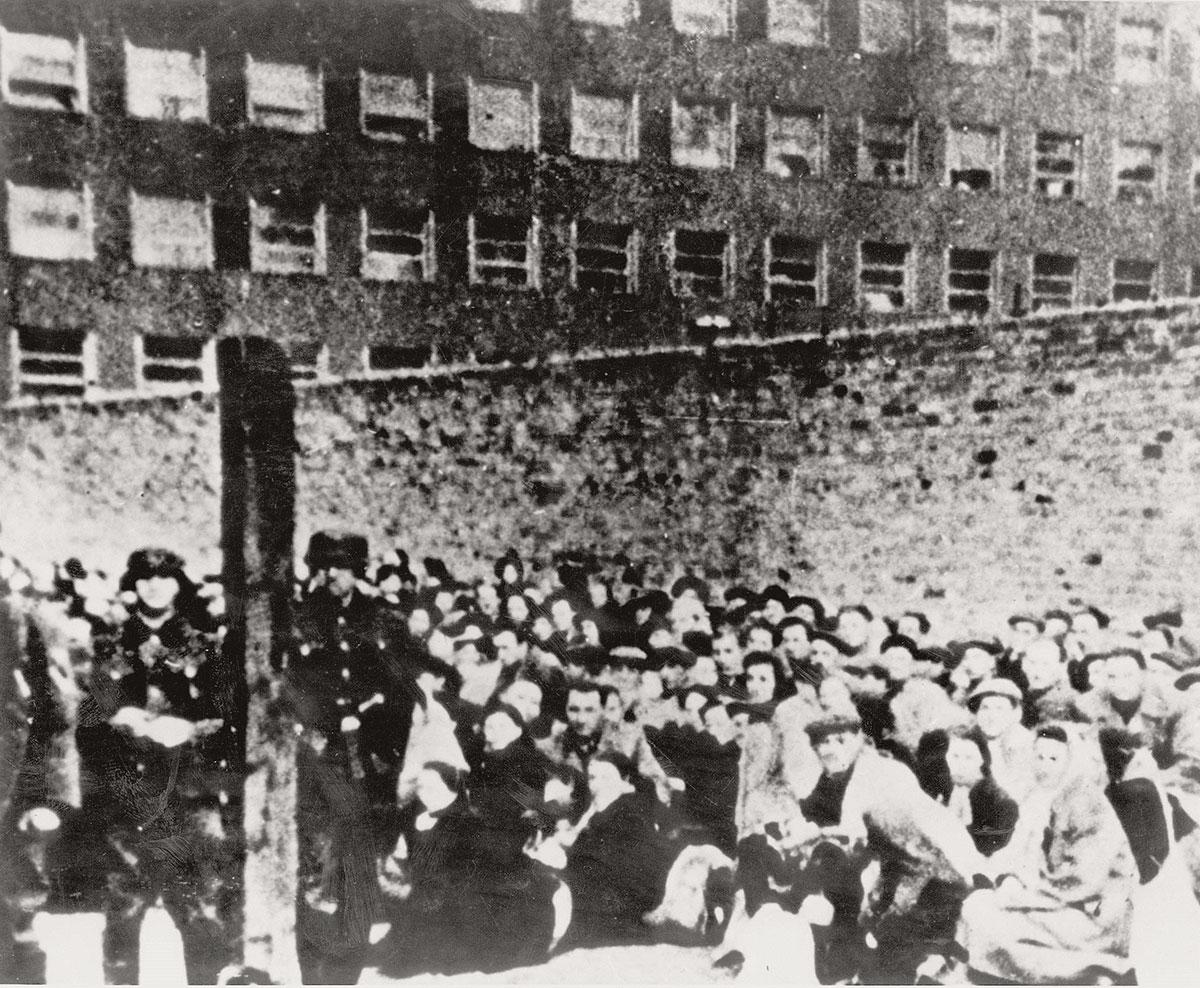
The photo is from a photo album belonging to SS General Jürgen Stroop, commander of the German forces that quashed the Warsaw Ghetto Uprising. Three copies of the album were made, one of them given to SS Commander Heinrich Himmler as a memento of the suppression of the Warsaw Ghetto Uprising in spring 1943. The album was used in evidence against Stroop in his trial after the war.
Yad Vashem Photo Archive, A4613/18

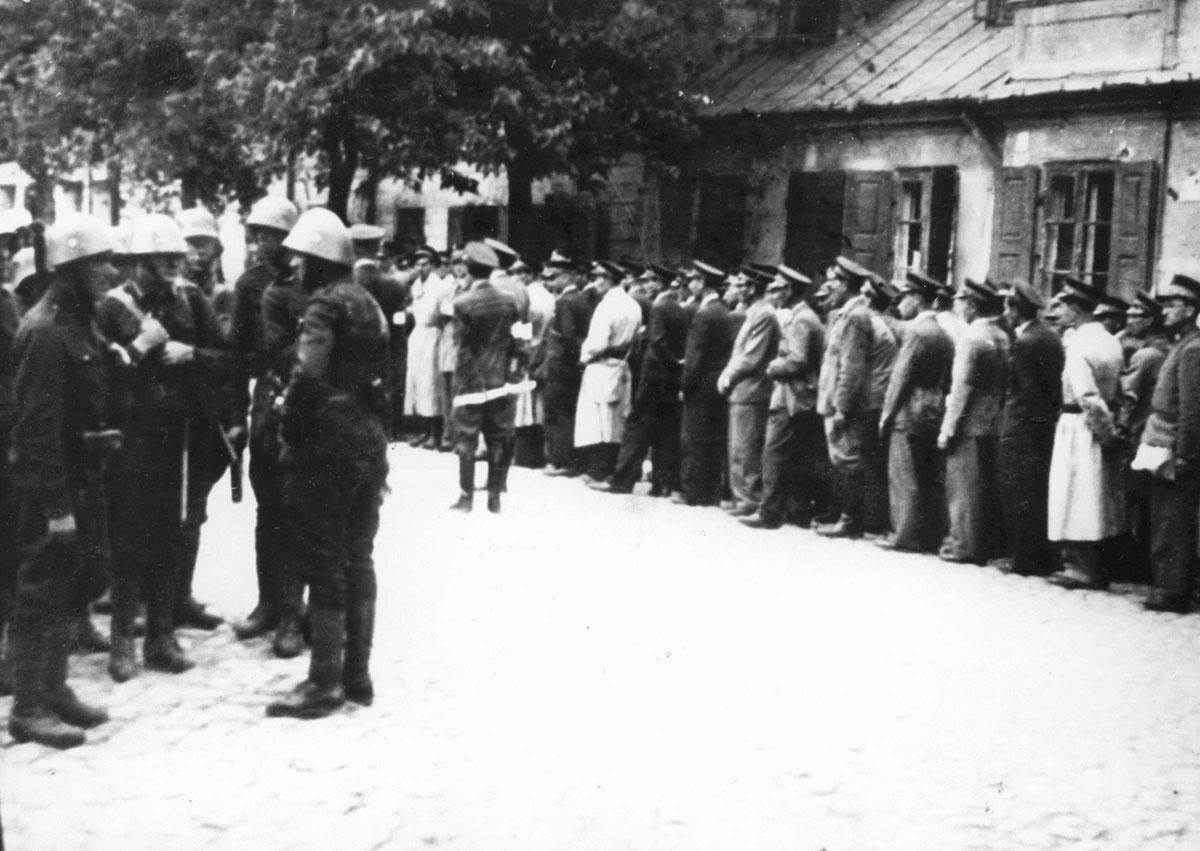
Yad Vashem Photo Archive, 1605/689

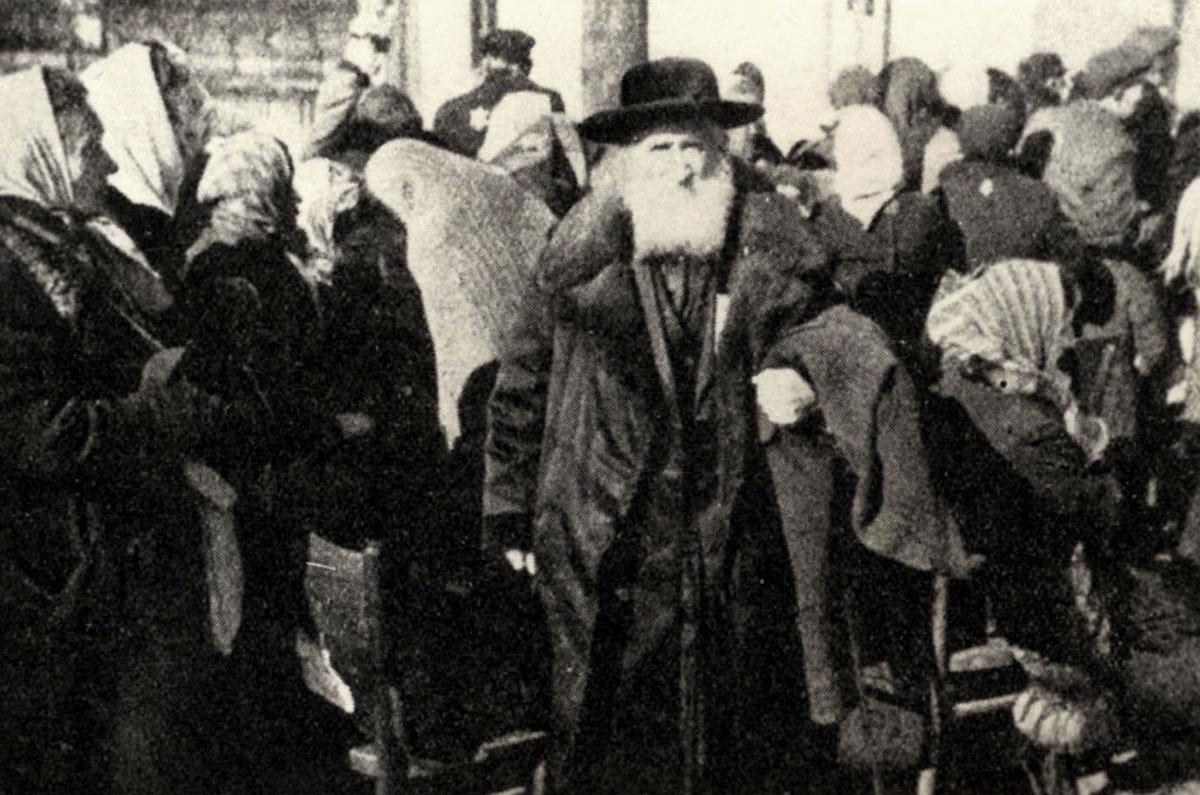
Yad Vashem Photo Archive, _DO669


The leg chains were donated by Shimon Srebrenik, one of the three survivors of the camp.
Yad Vashem Artifacts Collection
Donated by Shimon Srebrenik, Nes Ziona, Israel


Chelmno was the first death camp used for mass murder by gas. Approximately 320,000 Jews were murdered at Chelmno. The victims’ belongings were found in excavations carried out by the director of the site in Poland in the 1990s.
Yad Vashem Artifacts Collection
Loaned by Muzeum Bylego Obozu Zaglady Chelmno nad Nerem, Poland


The gas arrived at the camps in solid form, in sealed metal canisters. Contact with air turns the crystals to fatal gas that asphyxiates within minutes. Someone wearing a gas mask would pour the crystals through a small opening into the sealed gas chamber filled with victims.
Yad Vashem Artifacts Collection
Loaned by Państwowe Muzeum na Majdanku, Poland

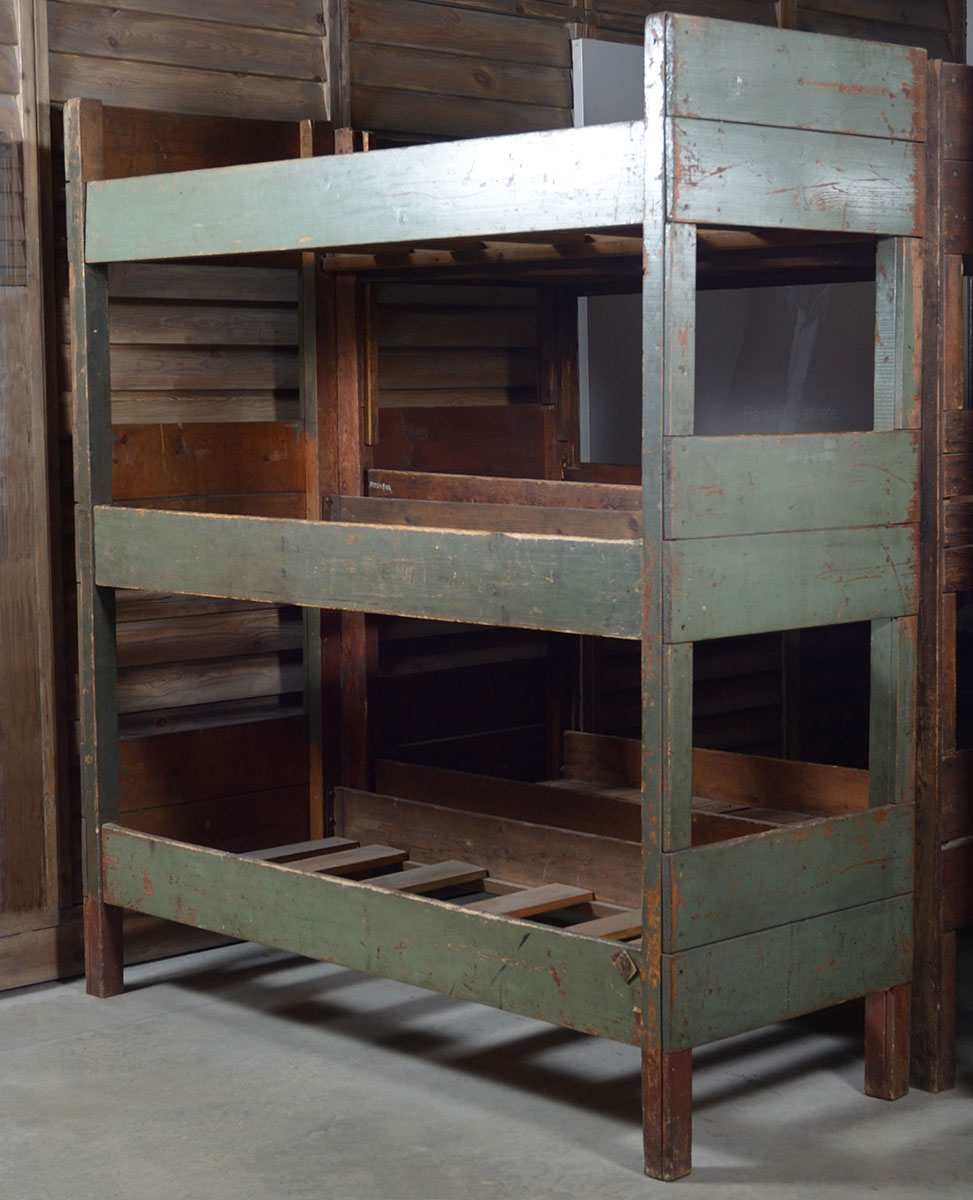
Yad Vashem Artifacts Collection
Loaned by Panstwowe Muzeum Auschwitz-Birkenau, Oswiecim, Poland

Jews lived in Poland for 800 years before the Nazi occupation. On the eve of the occupation 3.3 million Jews lived in Poland – more than any other country in Europe. Their percentage among the general population – about 10% – was also the highest in Europe.
After the conquest of Poland by Germany and the Soviet Union in September 1939, most of the Jews remaining within the area occupied by Germany – approximately 1.8 million – were imprisoned in ghettos. In June 1941, after the German invasion of the Soviet Union, the Germans began to imprison the rest of Polish Jewry in ghettos and to deport them to concentration and slave labor camps.
In December 1941 the murder of the Jews from the Lodz ghetto began in Chelmno with gas vans. Murder of Polish Jews in Auschwitz began in March 1942. After the basic guidelines for action were formulated at the Wannsee Conference, between March and July 1942 the Germans established three death camps in Poland (Operation Reinhard) close to main rail lines: Belzec, Sobibor and Treblinka. With the arrival of the deportation trains, the victims – men, women, and children – were sent straight to their deaths in the gas chambers.
On July 22, 1942, on the eve of the Ninth of Av in the Jewish calendar, the Germans began the mass deportations from the Warsaw ghetto. By the time they ended on September 21, Yom Kippur, some 265,000 inhabitants of the ghetto had been deported to the Treblinka extermination camp.
Approximately 1,700,000 Jews, primarily from Poland, were murdered in Belzec, Sobibor, and Treblinka by the end of 1943. Between September 1942 and the summer of 1944 tens of thousands of Jews, most from Poland, were murdered in Majdanek, outside of Lublin.
In the summer of 1944 the remaining 80,000 Jews from the Lodz ghetto were deported to be murdered. Most were sent to Auschwitz-Birkenau, while some were sent to the Chelmno murder site, which was reopened for this purpose. Approximately 300,000 Jews were murdered in Chelmno, mostly from Poland. The murders in Auschwitz and Chelmno continued until the Red Army liberated the camps in January 1945.
At the end of the war, approximately 380,000 Polish Jews were still alive in Poland, the Soviet Union, or in the concentration camps in Germany, Austria and the Czech territories.







